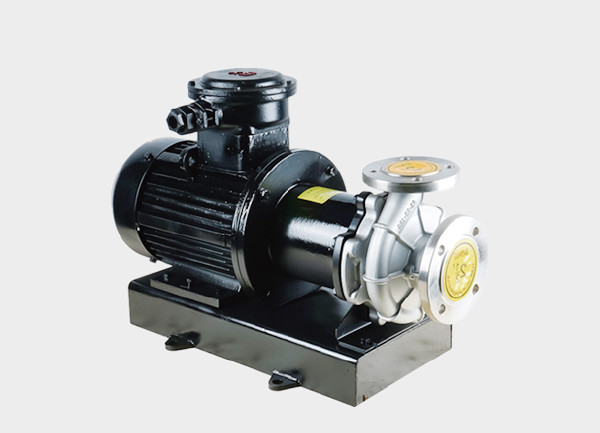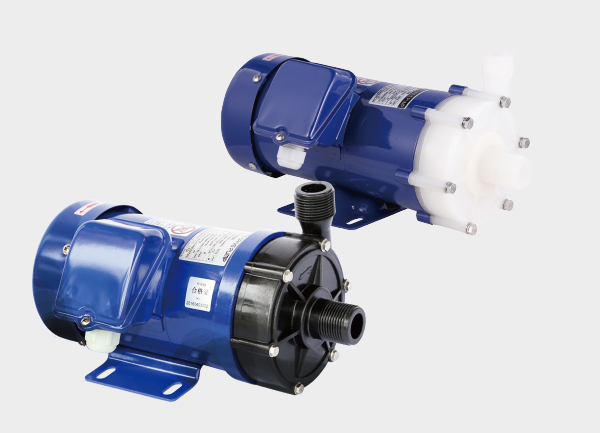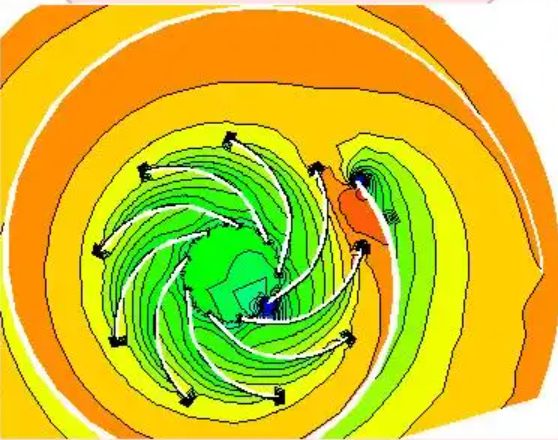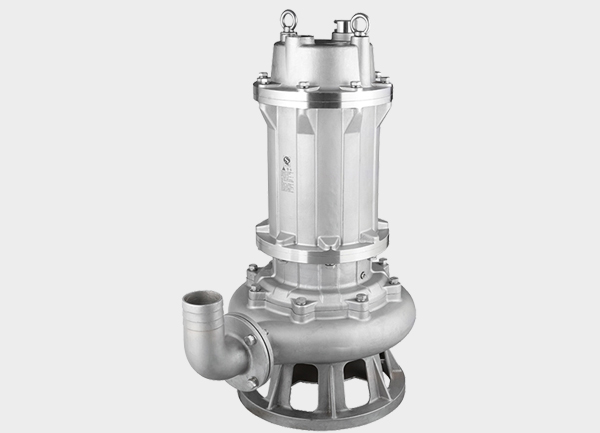1. Overview
A self-priming sewage pump is a centrifugal pump that can automatically complete the priming process after initial liquid filling, without the need for a bottom valve. It is designed to handle wastewater containing sand, solids, fibers, or suspended particles, making it widely used in municipal drainage, industrial wastewater treatment, agriculture, shipbuilding, and flood control projects.
Compared with conventional centrifugal pumps that require manual priming, self-priming sewage pumps offer faster start-up, easier operation, and higher efficiency, making them an essential component in modern sewage treatment and drainage systems.
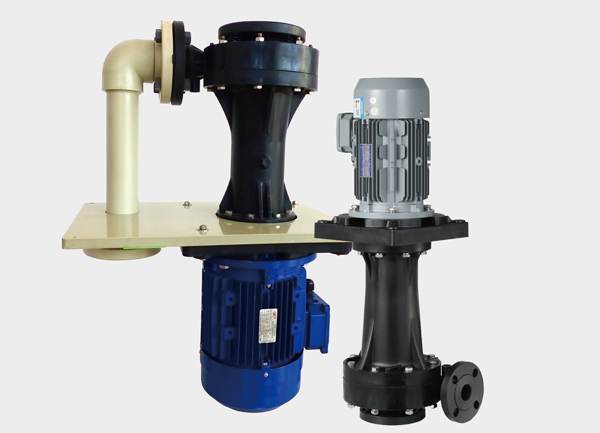
2. Working Principle
The self-priming sewage pump operates on the air–liquid mixing and separation principle:
Initial Filling – A certain amount of liquid is stored in the pump casing before startup.
Air Suction – When the pump starts, the impeller mixes the stored liquid with the incoming air, creating an air–liquid emulsion.
Air Discharge – The mixture enters the separation chamber, where air is discharged and liquid returns to the pump casing.
Vacuum Formation – Continuous air removal creates a vacuum inside the suction pipe, allowing atmospheric pressure to push external liquid into the pump.
Stable Operation – Once the suction pipe is fully filled, the pump transitions into normal continuous pumping.
This self-circulation and air–liquid separation mechanism ensures that after the first filling, the pump can repeatedly self-prime without additional manual intervention.
3. Structural Features
A typical self-priming sewage pump consists of:
Pump Casing with Reservoir – Stores liquid for priming circulation.
Impeller – Usually semi-open or non-clogging, capable of handling solids and fibrous materials.
Air–Liquid Separation Chamber – Ensures efficient air discharge and liquid recirculation.
Mechanical or Packing Seal – Prevents leakage during operation.
Inlet and Outlet Pipes – Inlet may include a strainer to block oversized debris.
Some advanced models are equipped with cutter mechanisms to shred long fibers and soft solids, reducing the risk of clogging.
4. Key Advantages
Strong Self-Priming Capability – Eliminates the need for a bottom valve, with suction lifts typically 5–7 meters.
Non-Clogging Design – Wide flow channels and special impellers allow passage of solid particles (commonly 30–60 mm in diameter).
Easy Maintenance – Many designs allow inspection and servicing without removing inlet and outlet pipelines.
Versatility – Suitable for sewage, stormwater, industrial effluents, slurry, oily water, and mildly corrosive liquids.
Simple Operation – Only the first startup requires filling; subsequent restarts are fully automatic.
5. Applications
Municipal Drainage & Flood Control – Rapid removal of stormwater and sewage.
Industrial Wastewater Treatment – For chemical plants, electroplating facilities, paper mills, and textile factories.
Agriculture & Farming – Irrigation, manure transfer, and livestock wastewater pumping.
Marine & Dock Operations – Bilge pumping, sludge discharge, and wastewater handling.
Emergency Response – Deployed in mobile pump trucks for flood relief and disaster management.
6. Selection Guidelines
Flow Rate & Head – Choose based on actual discharge requirements.
Solid Particle Size – Ensure the pump can handle the required particle diameter.
Material Options:
Cast iron for general sewage.
Stainless steel or fluoroplastic for corrosive liquids.
Priming Height – Keep within 7 meters to maintain efficiency.
First-Time Filling – Always add priming liquid before startup to avoid dry running and seal damage.
7. Maintenance Tips
Regularly check liquid level in the pump casing to avoid dry running.
Keep the suction pipe and strainer free of blockages.
Inspect seals and bearings to prevent leakage and wear.
Drain the pump if not in use for long periods to prevent freezing or corrosion.
8. Conclusion
With its self-priming ability and anti-clogging design, the self-priming sewage pump combines convenience, reliability, and efficiency. It has become indispensable in municipal infrastructure, industrial wastewater treatment, agriculture, marine applications, and emergency drainage systems.
Understanding its principle, structure, and application fields not only helps in selecting the right pump model but also ensures long-term, stable, and efficient operation.



